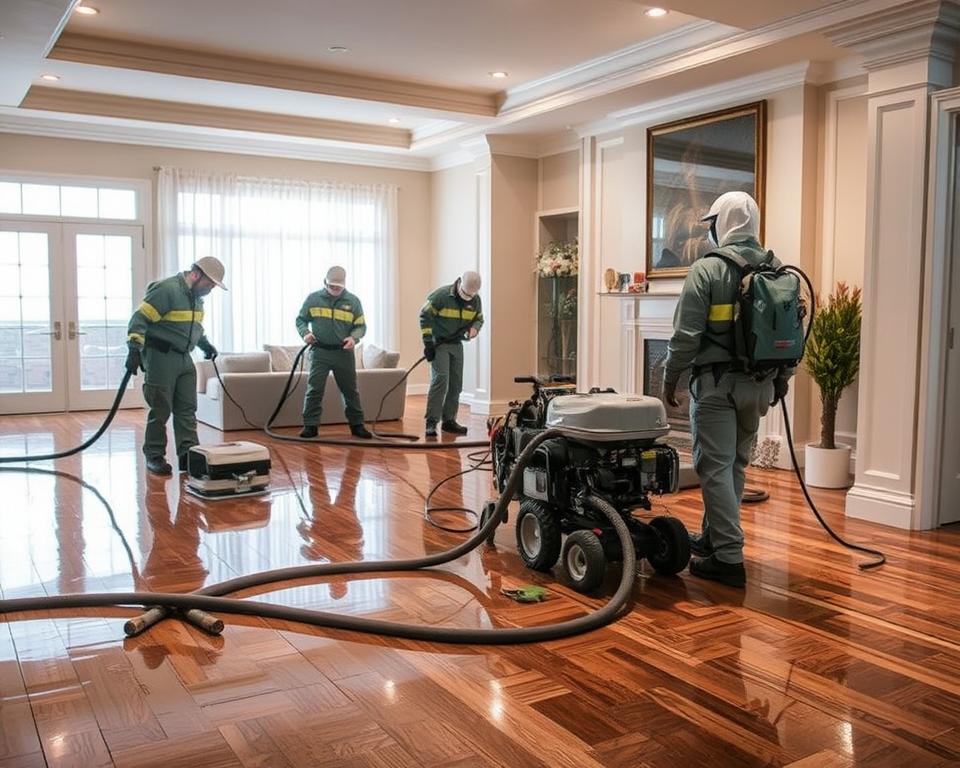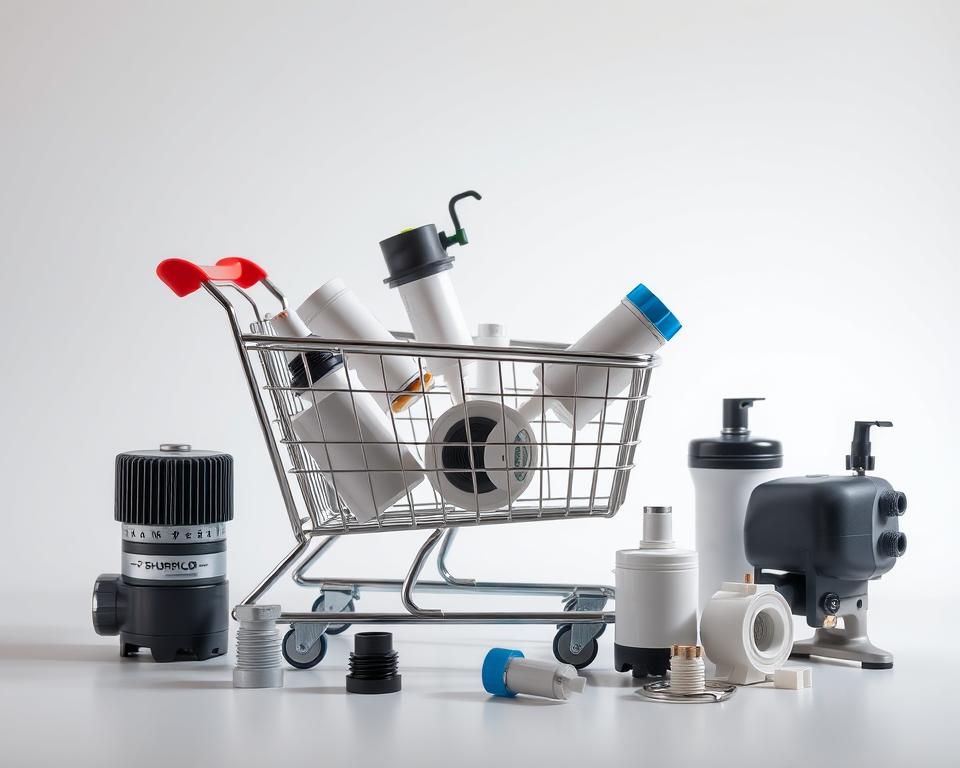How Long Does Local SEO Take to Work in Dayton?
Dominate Digital Promotion Dayton Techniques Now
A little-known fact is that digital marketing now combines online channels with traditional methods, changing how businesses engage with their audience? Located in Dayton, mastering digital marketing methods is more than merely beneficial; it’s crucial for long-term expansion and brand visibility in today’s arena. Enterprises must adapt to this dynamic landscape, recognizing key components like online brand building, social platform promotion, and client acquisition.
Within this article, you will discover effective methods to equip your company in digital marketing Dayton. It secures you utilize the latest tendencies and technologies. Whether you intend to improve your internet presence or refine your overall strategy, the insights provided here will pave the way for successful SEO services near me.
Comprehending the Value of Digital Marketing
Digital marketing symbolizes a substantial change in how brands engage with consumers. Given the digital revolution, organizations are compelled to adopt this transition towards digital marketing and modify their strategies. Conventional promotion techniques, like radio and physical publications, have been overtaken by digital platforms that match consumer preferences. Considering that 81% of small enterprises invest in digital marketing, its role in business growth is unquestionable.
Transitioning from Conventional to Digital
To stay competitive, companies are required to understand the digital marketing importance in modern environment. The shift from conventional to digital marketing is propelled by technological progress and expanded internet participation. By 2019, digital marketing spending outpaced traditional marketing, illustrating its essential influence on triumph. Organizations making the digital shift can better connect with their clients through multiple avenues.
Advantages of Digital Marketing for Companies
The gains from digital marketing are extensive. Local companies that leverage digital marketing are thrice as likely to experience income increase than those that fail to. Resources including SEO, PPC, social networking, e-correspondence, and content promotion are key to remaining ahead. Such as, social media advertising is the foremost option, with 92% of local companies implementing it. Email marketing, with a 42:1 return, is also extremely potent in amplifying sales.
In spite of the obvious benefits, enterprises need to recognize frequent challenges. Ignoring mobile adaptation or omitting analytics can obstruct success. By resolving these challenges, organizations can completely utilize their digital marketing efforts. Honing these strategies is essential for long-term success in Dayton and furthermore.
Fundamental Elements of Digital Marketing Approaches
Powerful digital marketing strategies include diverse elements that work together to enhance brand exposure and audience engagement. SEO techniques and content marketing are central, guaranteeing companies create engaging information that are preferred by search engines. This strategy improves internet presence and drives greater traffic to portals.
Integrating SEO and Content Marketing
SEO techniques aim to improve information prominence in search outcomes, increasing unpaid traffic. Content marketing augments this by producing useful material that strikes a chord with intended viewers. Local enterprises can leverage customized content approaches that emphasize area-specific cultural elements and industry trends. This builds their credibility and draws a more extensive clientele.
Utilizing Social Media Platforms
Social media marketing is a powerful tool for instantaneous connection with consumers. By employing networks like Facebook , Instagram , Twitter , and LinkedIn , labels can interact immediately with customers. This strengthens connections and builds faithfulness. Analytics-based strategies for omni-channel social media management ensure information targets the intended customers at the right time, enhancing advertising impact.
Optimizing Your Website with Dayton SEO Services
Within Dayton, leveraging SEO assistance is crucial for ranking prominence. Web Optimization methods boost positions and capture a higher number of local customers. Local SEO Dayton is critical for enterprises striving for victory in a competitive arena.
Understanding Local SEO Dayton
Local SEO is vital for improving location-specific positions. By incorporating geolocation-specific search terms, enterprises can show up in regional search outcomes. Methods involve refining Google My Business listings and employing location-based key phrases.
Such approaches enable the attraction of relevant prospects and enhance digital footprint in Dayton.

SEO: On-Page and Off-Page Methods
Increasing prominence necessitates a blend of internal and external SEO. On-page strategies include:
- Optimizing title tags, meta descriptions, and headers for relevant keywords
- Enhancing material excellence to elevate audience interaction
- Implementing in-site connections to establish a logical structure
Off-page SEO involves building strong backlinks and interacting with regional directories. This enhances content discoverability. Monitoring indicators like organic traffic and keyword rankings provides insights into campaign success.
When properly executed, enterprises experience notable expansion. Such as, a 664% increase in natural visitor flow and a 360% rise in online leads are frequent.
Maximizing Social Media Engagement
Within Dayton, leveraging social media marketing is vital for enterprises to engage with their clients. With 76% of regional companies using it to enhance their presence and revenue, the proper approach can greatly increase visibility and engagement. Knowing which channels to leverage is vital, as each caters to diverse segments.
Which Platforms to Use in Dayton
Facebook remains a leading option, reaching a diverse age groups and suitable for mass campaigns. Its audience segmentation tools help enterprises zero in on particular preferences in Dayton. Alternatively, Instagram is popular with younger people, offering features like Stories and Reels for compelling visuals, enhancing presence.
LinkedIn is essential for B2B marketing, uniting Dayton enterprises with industry specialists and demonstrating expertise. It aids in enhancing brand presence and draw in qualified professionals. TikTok, rising fast among Dayton’s youth, centers on innovative and genuine material. Viral challenges can generate elevated interaction levels.
Crafting Engaging Material for Audience Connection
For engaging material, superiority and applicability matter. Facebook’s analytics yield understanding of audience behavior, informing customized approaches for Dayton’s varied demographic. Instagram’s graphic allure, combined with current trends, boosts brand charm. TikTok’s platform promotes dynamic brief clips, potentially going viral and increasing awareness.
Engaging local trendsetters on TikTok helps forge authentic bonds with viewers. Realness and connection are paramount for building strong audience relationships. By concentrating on these elements across networks, Dayton businesses can turn followers into loyal customers.
PPC Strategies: Elevating Dayton Exposure
PPC Advertising in Dayton is a game-changer for companies seeking differentiation. It’s a budget-friendly means to generate visits, as you are billed solely for authentic interactions. Perfecting this approach is vital for enhancing your advertising influence.
Grasping PPC Advertising
Pay-Per-Click announcements provide a clear avenue to your desired market. You can utilize them across search sites or social networks, targeting specific groups and locations. Within Dayton, this means you can quickly reach regional consumers, boosting your market share. Elements involve key phrase investigation and rival scrutiny to perfectly reach your specific customers.
Setting Up Your First PPC Campaign
For a successful PPC campaign, concentrate on several essential aspects. Start with precise keyword selection to draw the appropriate visitors. Develop captivating promotional content that distinguishes itself, with explicit prompts for engagement. Keep an eye on bids to ensure economical spending and guarantee proper visibility. Tracking conversions is vital for evaluating performance and optimizing strategies. Partnering with a certified Google Ads agency can help you navigate the complexities of PPC, from setup to reporting.
Email Campaigns: Cultivating Long-Term Customer Ties
Email marketing is a key tool for establishing durable customer relationships in the current cutthroat market. For enterprises located in Dayton, focusing on Email Marketing Dayton tactics can result in more profound bonds and brand loyalty. By developing
Effective Electronic Campaigns
, messages can deeply resonate with audiences, boosting open rates and conversions.
Designing Impactful Email Initiatives
Crafting persuasive mailing campaigns involves tailored nuances that resonate individually, this personal approach engages the audience more deeply. Companies can segment their email lists based on purchase history, browsing habits, demographics, and preferences. This List Segmentation enables customized messaging that promotes engagement and fosters reliability.
| Email Campaign Type | Goal | Example Metrics |
|---|---|---|
| Drip Campaigns | Guide prospects with sequential automated messages | Engagement percentages, click metrics |
| Offer Alerts | Highlight special offers and product launches | Sales figures, return on investment |
| Regular Updates | Deliver useful information and news to maintain customer awareness | Engagement rates, unsubscribes |
Targeting and Customization Approaches
Automation is vital in making email marketing campaigns more effective. These sequences can activate according to user behavior or predefined events, guaranteeing prompt messaging. Continuous data-driven optimization helps track key metrics like open rates and conversions. This information empowers companies to adjust their approaches and improve client relations.
Forging enduring connections necessitates persistent endeavor. Strategies like A/B testing help identify the most compelling content, ensuring continuous improvement. Utilizing consumer analytics, organizations can formulate individualized strategies for specific segments, increasing engagement and profitability. The outstanding ROI of $36 per $1 invested in email initiatives demonstrates the efficacy of sound methods in fostering leads and achieving customer loyalty.
Digital Branding: Crafting Your Online Identity
In today’s digital world, possessing a robust internet identity is crucial. Dayton online branding techniques focus on developing an unparalleled brand image that connects with viewers. This entails uniform communication, striking graphics, and interactive customer engagement.
Creating a Strong Brand Identity
A compelling Brand Persona distinguishes itself with distinctive graphics and uniform communication. It necessitates thorough industry analysis in Dayton, grasping regional market sectors, and studying adversaries. Instruments such as Ahrefs and Semrush assist in regional keyword analysis, guaranteeing your content aligns with consumer queries.
Maintaining uniform NAP details in listings enhances regional search optimization is key to building a recognizable brand.
Capitalizing on Influencer Alliances
Partnering with influencers provides a potent method to extend your brand influence and cultivate credibility. Teaming up with area influencers ties you to well-recognized local communities. This can create engaging content that speaks to your target audience, increasing customer interaction.
Utilizing networks favored by influencers helps amplify your communication, this attracts more attention and helps build lasting relationships with customers.
Dayton Digital Agency: Choosing the Right Partner
Selecting an optimal Dayton digital agency may markedly improve your company’s outcomes. Regional agencies provide distinctive advantages, including in-depth market insights and awareness of local buyer tendencies. They offer custom-tailored support with in-person consultations and rapid communication to address your distinct requirements.
Benefits of Working with Local Agencies
Teaming up with neighborhood firms provides a range of significant merits:
- Cost-effective solutions result from minimal operational costs and attractive rates.
- Area-specific SEO proficiency elevates internet prominence, engaging nearby consumers.
- Robust local connections improve brand recognition and credibility maintenance.
- Proximity allows for quicker strategy adjustments and communication.
Tangible case studies underscore the benefits of such collaborations. For instance, one neighborhood eatery experienced a 40% increase in digital bookings through focused tactics. Similarly, a local shop noted a 25% uplift in in-person visits, illustrating the impact of expert digital agency collaboration.
Evaluating Agency Portfolios and Case Studies
In choosing a partner, assessing past projects and client testimonials is crucial. Look for:
- Established credentials and mastery in digital marketing strategies.
- Sector-relevant insights that align with your company goals and intended market.
- A comprehensive suite of offerings covering SEO, pay-per-click, social channels, and content strategy.
- A data-driven approach that uses analytics to improve strategies.
- User reviews and success stories that verify trustworthiness and results.
As an illustration, a top executive lauded HigherVisibility for significant achievements. They’ve become a top authority in the collision industry. Additionally, a Product Manager underlined their considerable effect on lead generation.
Final Thoughts
Perfecting digital marketing techniques in Dayton is crucial for companies aspiring to flourish in this challenging environment. The shift toward digital channels underscores the necessity of grasping SEO, social platform promotion, and PPC strategies. Additionally, electronic mailing campaigns are pivotal in forging enduring client connections, given shifting consumer tastes.
Local and mid-sized companies may gain from focused promotional efforts and immediate metric tracking. Such instruments enhance interaction and drive conversion metrics. The ability to quickly adapt campaigns to market demands highlights the importance of digital marketing in Dayton. Firms such as Anytime Digital Marketing exemplify how expert partnerships can create expansion possibilities and secure an advantage.
In the shift from classic to modern methods, an integrated digital marketing strategy is required. It cultivates consumer allegiance while providing actionable data to satisfy buyer demands. In summary, investing in digital solutions empowers businesses to succeed and connect with their audience effectively.
FAQ
Which core benefits does digital marketing provide for businesses in Dayton?
Digital marketing offers several advantages, including wider brand recognition and better customer interaction. It also fortifies buyer connections. By employing widely-used digital platforms, enterprises can accurately address their customer base.
How do SEO services boost local visibility for my business in Dayton?
SEO services boost your website’s ranking in search engines through keyword optimization and site improvements. This surge in natural traffic strengthens regional prominence, attracting additional local clientele.
Why is social media marketing important for Dayton businesses?
Utilizing social media is critical for immediate customer engagement and constructing local networks. It fosters brand loyalty. Choosing optimal networks and crafting compelling messages enables companies to interact with their target market efficiently.
Can you explain PPC advertising and its functioning?
PPC campaigns charge for every click to channel visitors to your website. It provides precise audience targeting while maximizing advertising budgets in Dayton’s competitive landscape.
How can email marketing contribute to customer retention?
Customized electronic mailing builds lasting customer connections by delivering bespoke messages. It fosters engagement and nurtures lasting relationships. This strategy enhances sales conversion.
Which techniques are recommended for effective local SEO in Dayton?
For effective local SEO, optimize web content with local keywords and ensure accurate local listings. Strengthen references and external links. Such measures boost area-specific exposure, engaging nearby consumers.
How can influencer partnerships enhance online branding?
Collaborations with influencers broaden your brand’s exposure and build trust. They extend your communication and highlight offerings, which is crucial for establishing a powerful digital image in Dayton.
How do I evaluate and choose the right digital agency in Dayton?
Assess agency partners by reviewing their case studies, customer testimonials, and proficiency in SEO, social platform promotion, and PPC. Choose an agency that aligns with your goals for successful strategies.









